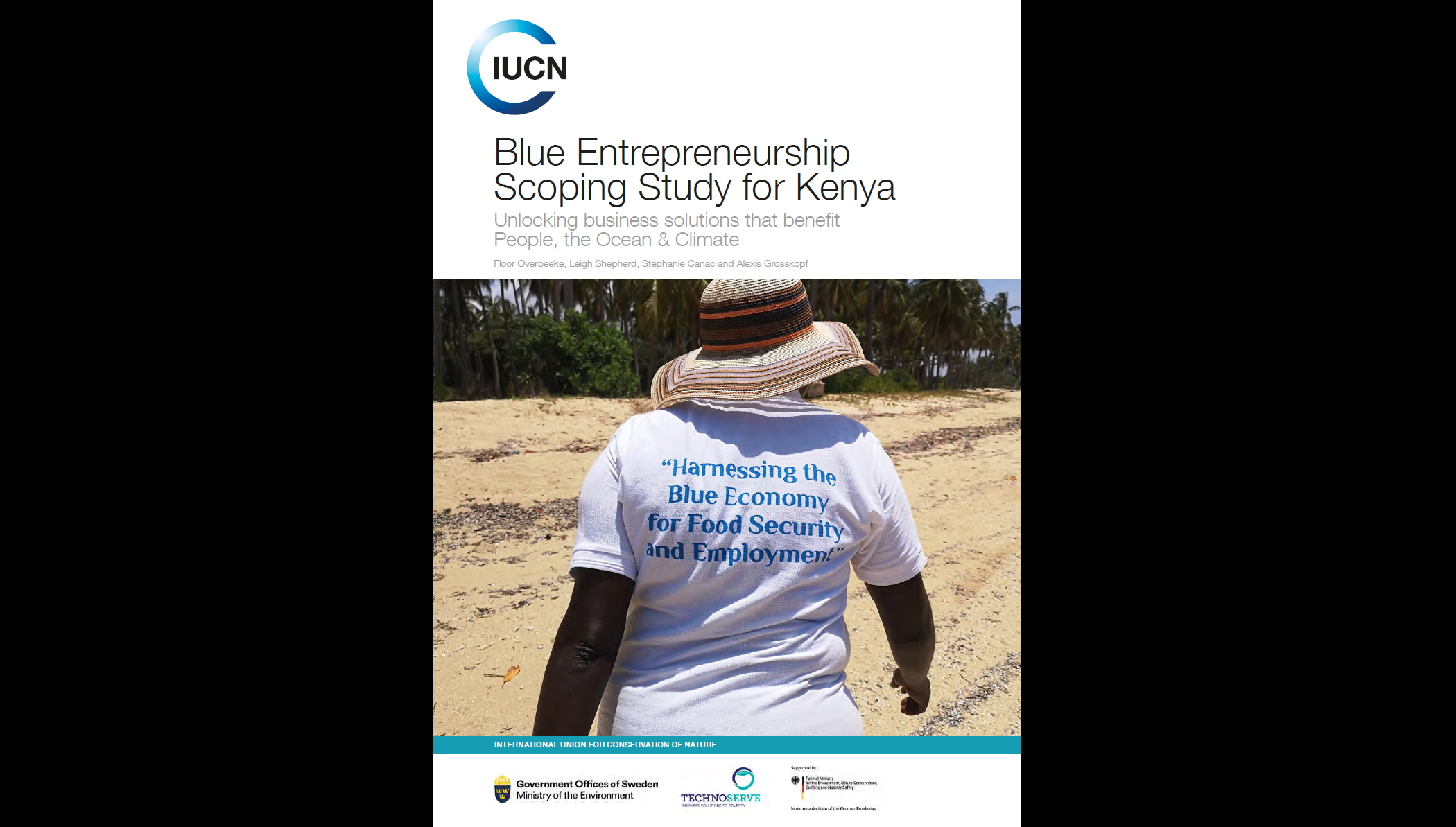Reversing Biodiversity Loss & Safeguarding Our Future - Living Planet Report 2020
By Samraansh Sharma - The World Wildlife Fund (WWF) and the Institute of Zoology (Zoological Society of London) recently published "Living Planet Report 2020 - Bending the Curve of Biodiversity Loss". The Report emphasizes the urgency to rebalance our relationship with nature and the planet. The report warns that the world’s dependence on current economic growth models threatens to eliminate gains in human health and wellbeing, and bring natural disasters even closer to people.

Photo: World Wildlife Foundation for Nature (WWF)
 Photo: WWF
Photo: WWF
The report also addresses a range of interconnected issues that have been, and continue to be, responsible for biodiversity loss. Socioeconomic demands, technology, governance and population growth are shown to be indirect drivers of global events such as climate change, habitat loss, and soil degradation. Activities such as agriculture and infrastructure development have a direct impact on ecosystems. The severe consequences of anthropogenic pressures on biodiversity, amongst other impacts, threaten global food and nutritional security.
This pioneering data modeling initiative, Bending the Curve, shows promise of a possible reversal. The modeling, developed on practical realities, lists the changes necessary to preserve existing biodiversity and reverse the downward trend. Sustainable food production and changes in consumption habits are emphasised to be primary drivers for recovery. Through a targeted country level approach, coupled with dietary changes and restriction on land conversion, the report indicates a possibility to reverse biodiversity decline as early as 2050. Achieving this urgent goal, however, rests on the successful efforts of governments, business, and citizens.
 Photo: Samraansh Sharma
Photo: Samraansh Sharma



